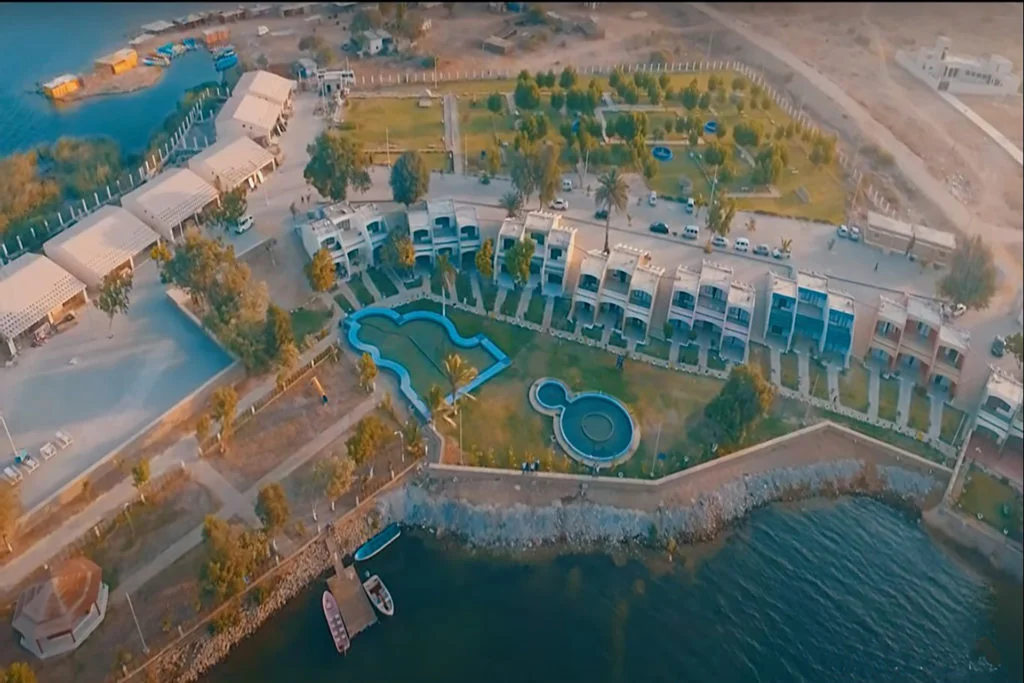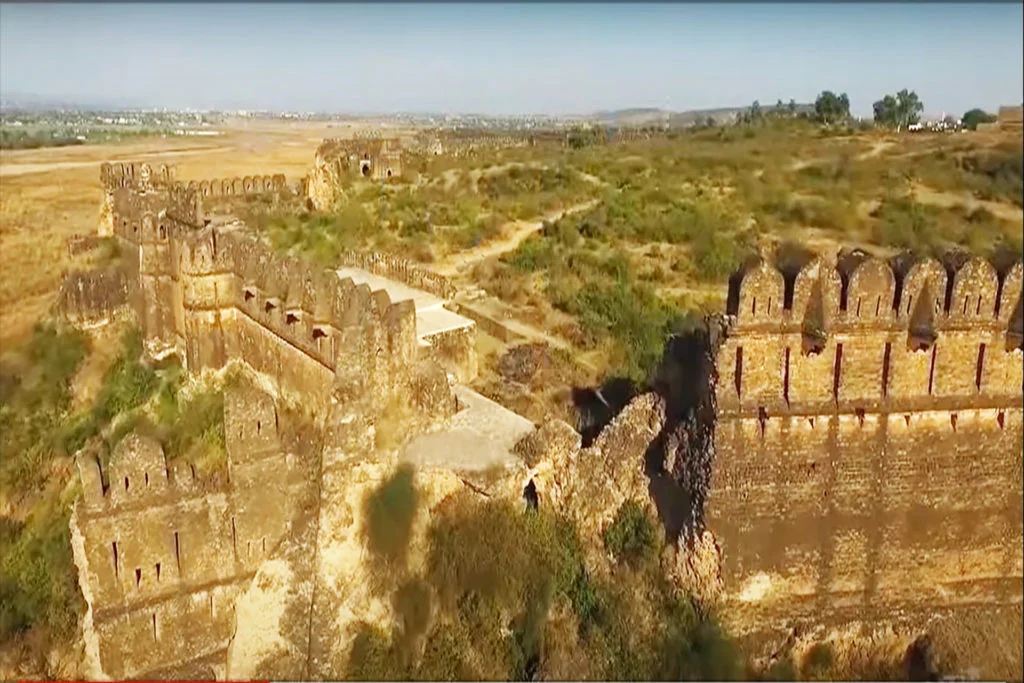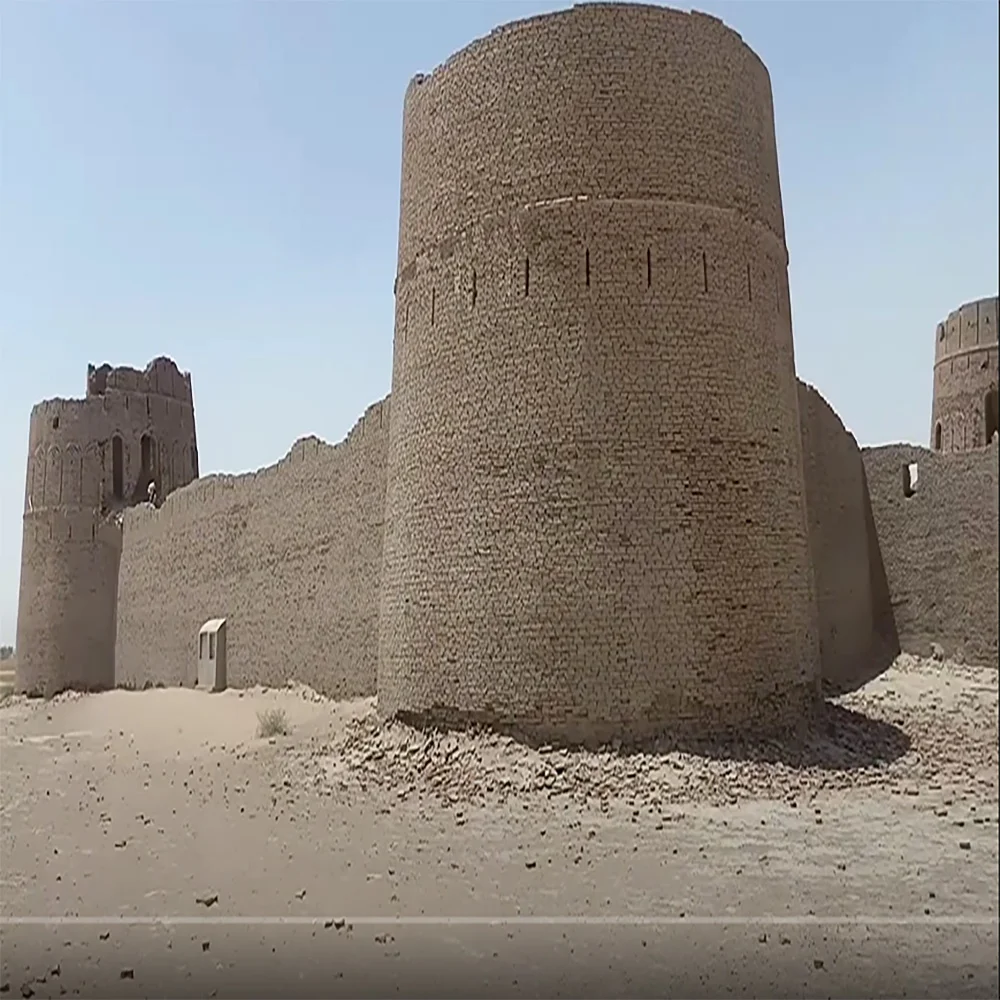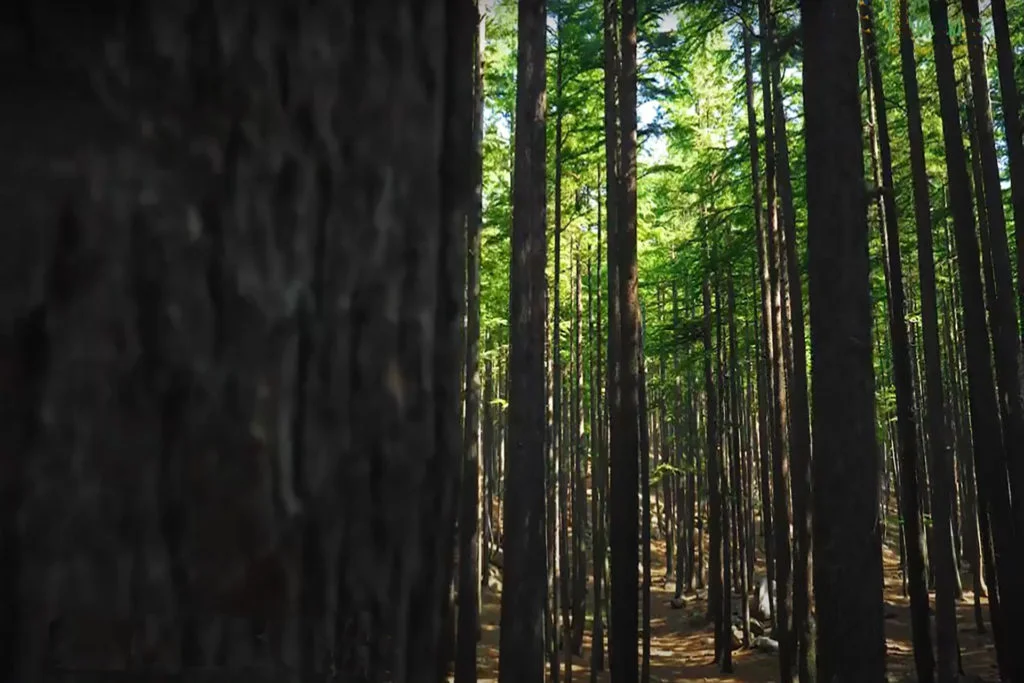The world’s oldest living organisms can be found quietly thriving in the arid and harsh environments of the American West. Among them stands the Great Basin Bristlecone Pine (Pinus longaeva), a remarkable species that has stood the test of time, enduring centuries of challenging conditions and still gracing the landscape with its unique presence. These ancient trees hold not only the secrets of their longevity but also a profound connection to the history of our planet.
Ancient Guardians of the Landscape
The Great Basin Bristlecone Pine is a hardy coniferous tree that primarily inhabits the high-elevation regions of the western United States, particularly in the Great Basin and Rocky Mountain areas. While not as tall or impressive as their giant sequoia or coastal redwood relatives, bristlecone pines have a different claim to fame – they are some of the oldest living organisms on Earth.
One particular individual, known as Methuselah, captured the world’s attention when its age was determined to be over 4,800 years old, making it one of the oldest known non-clonal organisms. This remarkable longevity can be attributed to the tree’s unique adaptations to its challenging environment.
Surviving Adversity through Adaptation
Bristlecone pines have evolved several strategies that enable them to endure the harsh conditions of high-elevation habitats. One of the most significant adaptations is their slow growth rate. By growing slowly, these trees can allocate resources more efficiently and invest in creating dense, resinous wood that is highly resistant to pests and decay.
The gnarled and twisted appearance of bristlecone pines is a testament to their resilience. These contorted shapes are a result of their growth pattern, which involves layering new growth over older wood. This layering technique helps the tree compartmentalize damage caused by factors like wind, snow, and lightning strikes, allowing the trees to continue growing even in the face of adversity.
A Chronicle of Earth’s History
Bristlecone pines have been hailed as living archives of past climatic conditions. By analyzing the tree rings in their ancient wood, researchers have gained insights into historical climate patterns, including periods of drought and changing temperatures. Each ring represents a year of the tree’s life and provides a glimpse into the environmental conditions it experienced during that time.
Through the study of bristlecone pine tree rings, scientists have developed a record that spans thousands of years, shedding light on natural climate variability and helping us understand the broader context of today’s climate changes.
Conservation and Stewardship
Despite their resilience, bristlecone pines are not immune to modern challenges. Human activities, including recreational impacts and climate change, pose threats to these ancient trees and their delicate ecosystems. Efforts are underway to protect and conserve bristlecone pine populations, ensuring that future generations can continue to marvel at their beauty and learn from their history.
In conclusion, the Great Basin Bristlecone Pine stands as a symbol of both the tenacity of life and the intricate connection between living organisms and the planet’s history. As these ancient trees continue to stand against the elements, they inspire us to appreciate the world’s natural wonders and to take on the responsibility of being stewards of the environment. In their enduring presence, we find a reminder of the beauty and resilience that can emerge from even the harshest landscapes.







